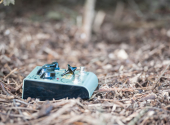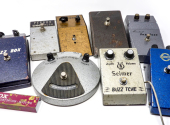Guitar Effects Guide #7: Tremolo
We have successfully covered overdrives, distortions, fuzz pedals and more. Today, we are going to look at modulation effects. And we can't start with anything other than tremolo. Not everyone knows that tremolo was the first-ever guitar effect. Yes, it even existed before reverb. It saw the light of day in the early 40s, at that time as a keyboard effect. In the second half of the 1940s, the first guitar combo amps with a built-in tremolo (often mislabeled as vibrato – we'll explain the difference below) appeared, and then in 1948, DeArmond produced the world's first ever tremolo guitar effect.
So what is the difference between a tremolo and a vibrato? While tremolo works on the basis of (and I'm really going to simplify this) volume changes of varying speeds and intensities, vibrato works with pitch changes (more on that next time). Tremolo pedals are not as widely represented on the market as other pedals, but we can still find plenty of interesting examples.
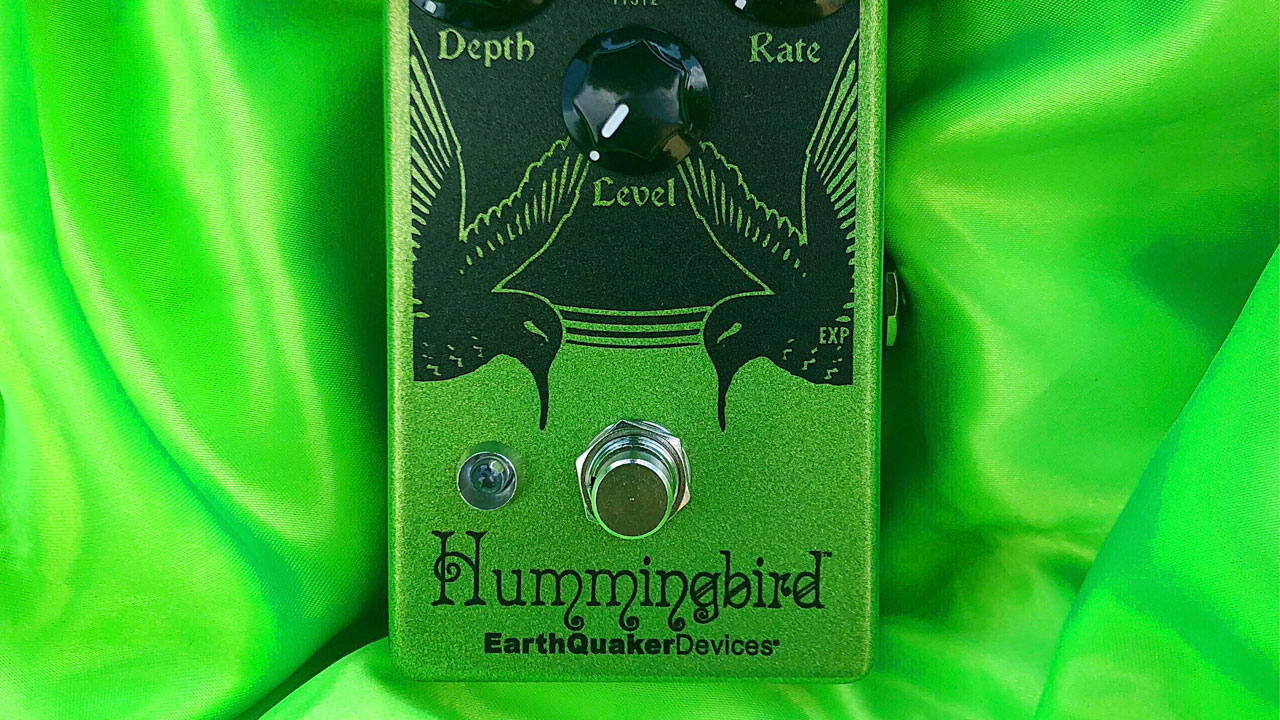
Earthquaker Devices Hummingbird
One of the best tremolo pedals is also one of the simplest. Taking inspiration from the tremolo effects found in old Vox and Supro combos, the pedal delivers a beautiful, almost tube-sounding tremolo as if cut out of a spaghetti western. But that's not all. You can choose from three speed modes to achieve very percussive, almost synth-like sounds.
And that's still not everything. Thanks to the Level pot, you can compensate for one of the drawbacks of other tremolo pedals – volume drop upon switching on. And if you turn the tremolo controls down to zero, you can even use the Hummingbird as a JFET clean boost! A decent load for such a simple effect, isn't it?
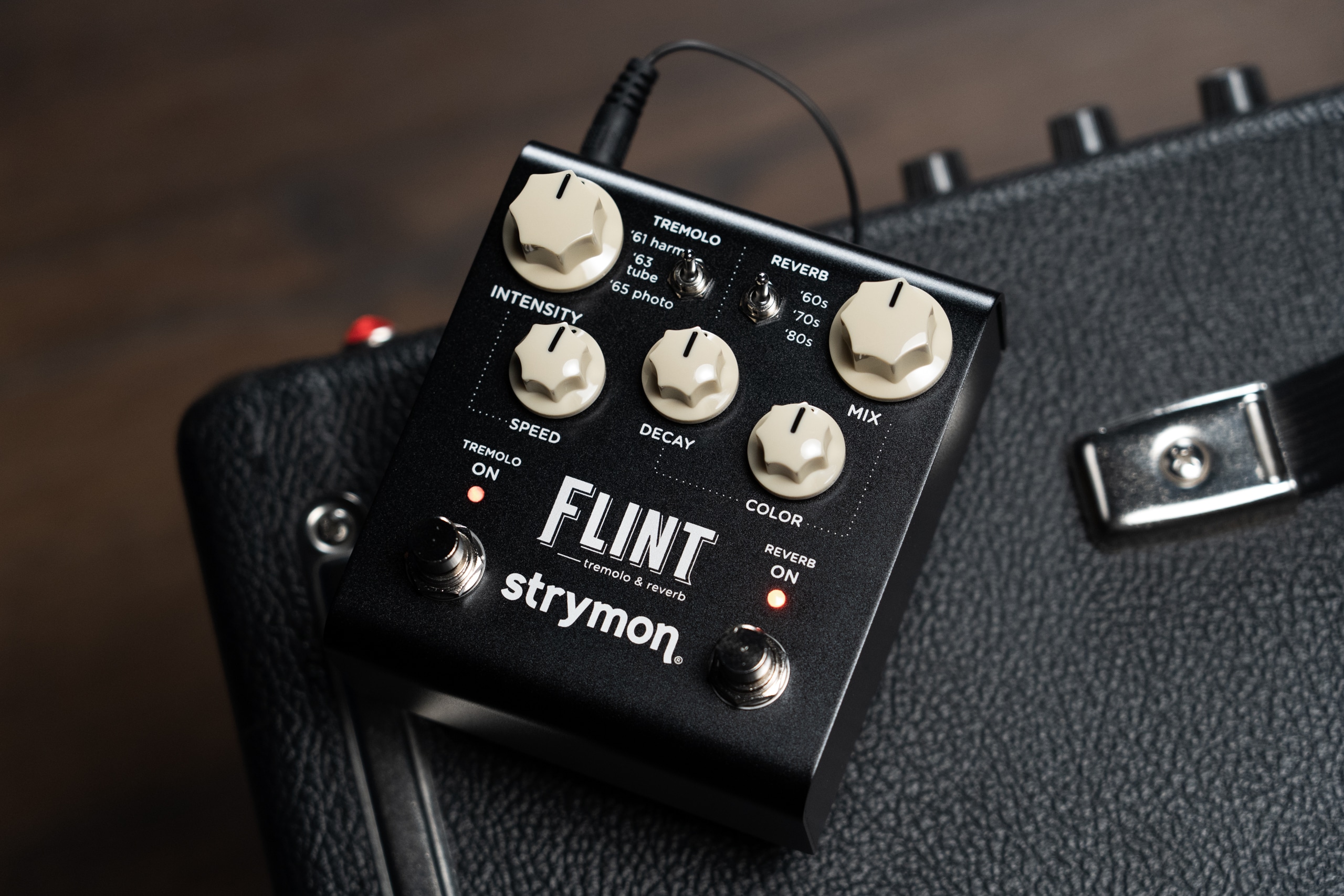
Strymon Flint
If you love classic tremolo effects in old Fender amps, look no further. Flint offers three modes – a sonically incredibly complex early 60s harmonic tremolo, a classic tube-driven tremolo such as you'd find in Blackface Fender amps and a special photo-cell tremolo that is sonically very complex and will please every audiophile.
But that's not all, because the Flint is not just an ordinary tremolo pedal, but a tremolo with reverb. What's more, you can also choose from three modes, divided into decades – the sixties are represented by the classic spring reverb, the seventies by the studio Plate reverb and the eighties probably can't be characterised by anything better than the mighty Hall. Flint is just incredibly fun!
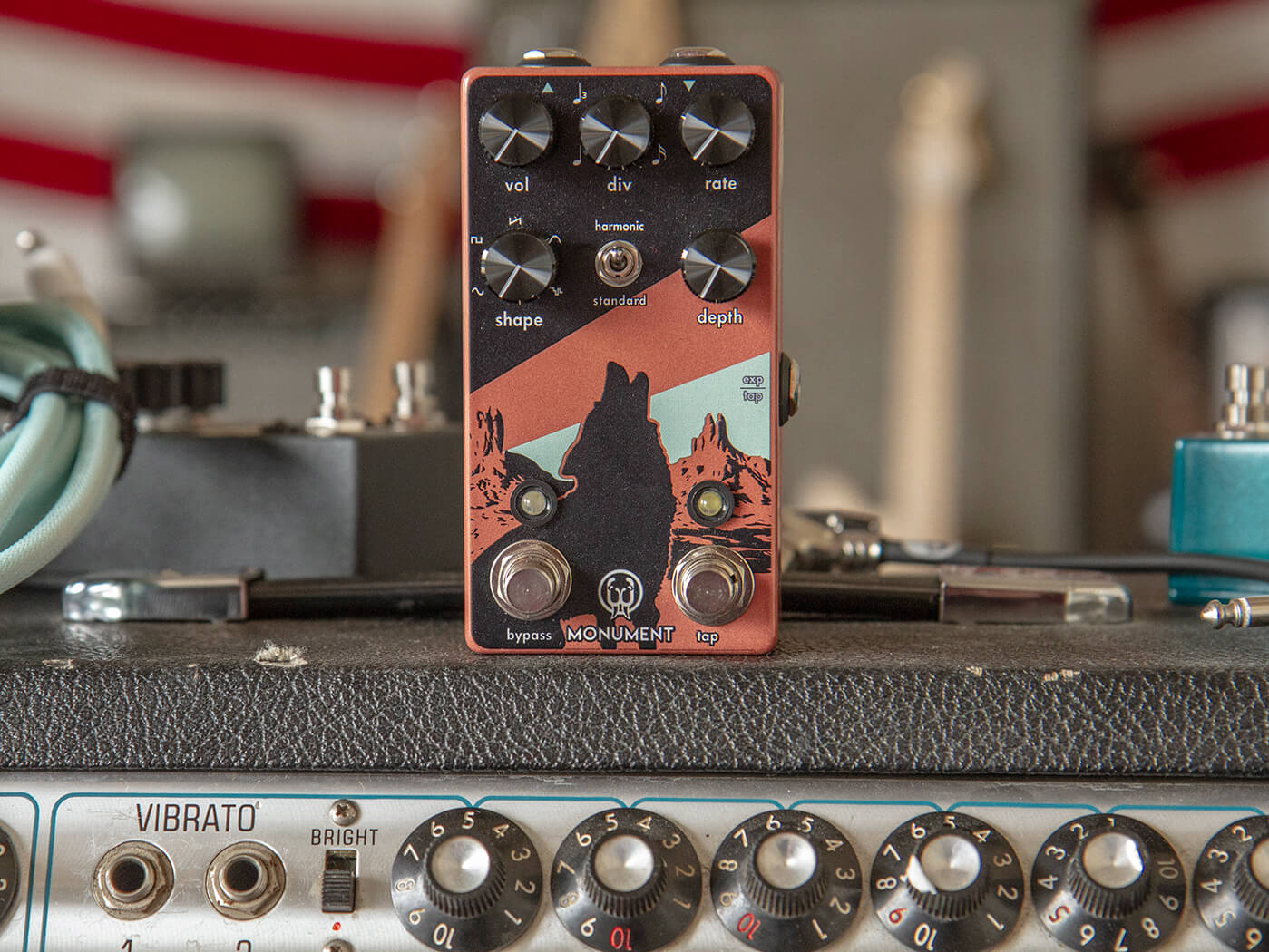
Walrus Audio Monument V2
The second generation of the Monument tremolo has been considerably downsized to classic chassis of other Walrus effects. Otherwise, everything remained the same. It's the only effect in this selection with a built-in tap tempo switch, allowing you to tweak the tempo to suit your needs.
Other great features are the Division and Shape knobs, where the former selects rhythmic subdivisions and the latter how hard the effect is. So you can go from a gentle tremolo to brutally hard up to synth chopping. The icing on the cake is the choice between classic and harmonic tremolos, such as those found in vintage Brownface Fenders.

Boss TR-2
An absolute classic and great value for money. Traditionally conceived tremolo in classic Boss design with classic knobs determining the speed and depth of the tremolo. An interesting feature is the wave potentiometer, which changes the soundwave of the oscillation. If you just want a simple tremolo, you won't go wrong with this pedal.
If you have found an error or typo in the article, please let us know by e-mail info@insounder.org.


